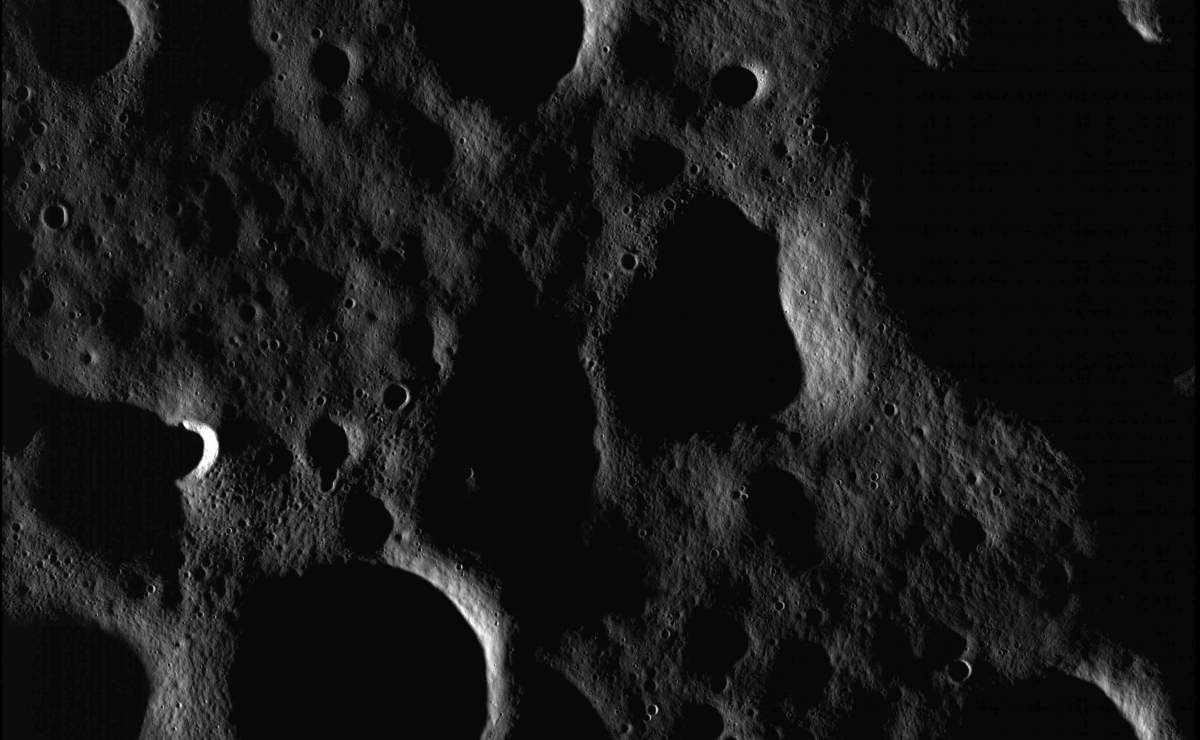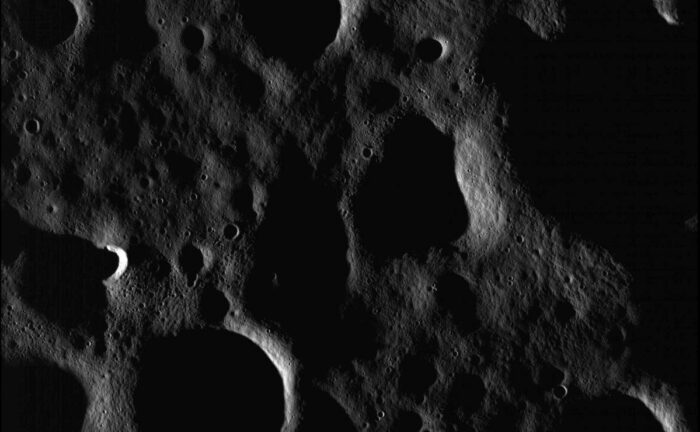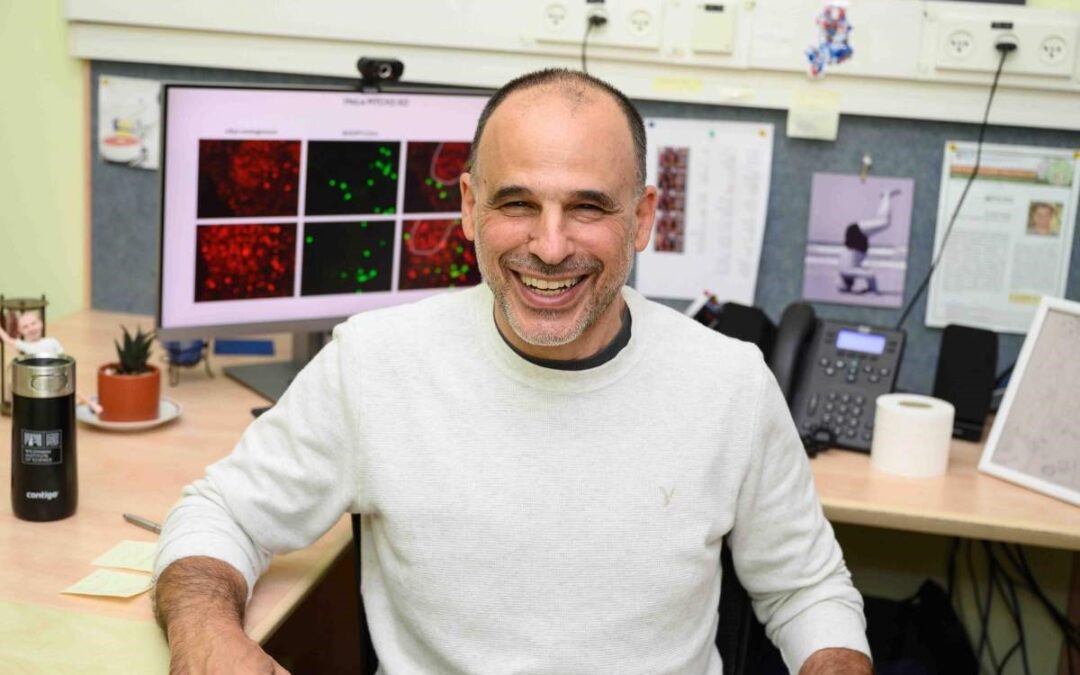New collaborative research from the United States and the Weizmann Institute of Science shows that micro cold traps near the Moon’s poles could contain a ready supply of water ice.
Ice has already been detected in difficult-to-reach spots at the bottoms of large, deep craters, where sunshine cannot reach and temperatures remain below minus 160o Centigrade. But the new study, recently published in Nature, suggests some of this water ice may be trapped in these more accessible locations, which are smaller-sized depressions with gentler slopes than steep craters.
Russian, American, Chinese, Japanese and Indian spacecraft and instruments have all provided confirmation for the existence of polar ice since the idea was first proposed in 1961. Although the lack of atmosphere and daytime temperatures hot enough to boil water prevent water from collecting on the surface, the insides of craters in the polar regions are in permanent, frigid shadow. Ice from comets and other source build ups there, remaining undisturbed for eons.
But around the large craters are smaller pits and dents left by impacts of space rocks and, in the Moon’s stark black-and-gray landscape, the small depressions also sometimes offer permanent shadow.
The three researchers conducting the present study – Professor Paul Hayne at the University of Colorado, Boulder; Dr Norbert Schörghofer at the Planetary Science Institute in Honolulu, Hawaii, and Professor Oded Aharonson of the Weizmann Institute of Science’s Earth and Planetary Sciences Department – thought that, using recent maps and measurements of the Moon, they might be able to determine whether the small depressions could be cold enough to trap and store ice.
The group used data from instruments aboard NASA’s Lunar Reconnaissance Orbiter, a craft that has been mapping the Moon’s entire surface in high-resolution for over a decade.
One of the several cameras on the craft, the Narrow Angle Camera – which is attached to a powerful telescope – provided close-up images of the pitted lunar surface at both poles. A second instrument, named Diviner, supplied temperature measurements, and a third, the Lunar Orbiter Laser Altimeter, provided topographic information.
“Each of us took different parts of the data, creating different parts of the model that we ultimately put together,” said Aharonson.
The first step was to decipher from the two-dimensional images how many pits and hollows are to be found in these regions, how deep they are likely to be and how much of the inner area of these is therefore permanently dark.
Would these dark hollows be cold enough for ice? Diviner could provide the scientists with average temperatures in the area, but it could not reveal those in the small sites at the bottoms of the hollows. The researchers could, however, with a bit of effort, calculate how much heat might affect these hollows, coming either from surrounding warmer rock or tiny bits of sunlight reflected off their rims.
The results of their calculations suggest that even depressions smaller than a meter across could be ‘micro cold traps’ that hold small amounts of water ice. If ice is, indeed, discovered in shallow depressions near the poles, analysing it would reveal something about the sources of this ice in our solar system.
“According to our models, this is only a fraction of the total ice on the Moon, but rather than climbing down into deep, inhospitable craters, people might be able to get enough water for their needs from these smaller, gentler, and likely nearer, ice reservoirs,” Aharonson concluded.
Professor Oded Aharonson’s research is supported by the Minerva Center for Life Under Extreme Planetary Conditions.












